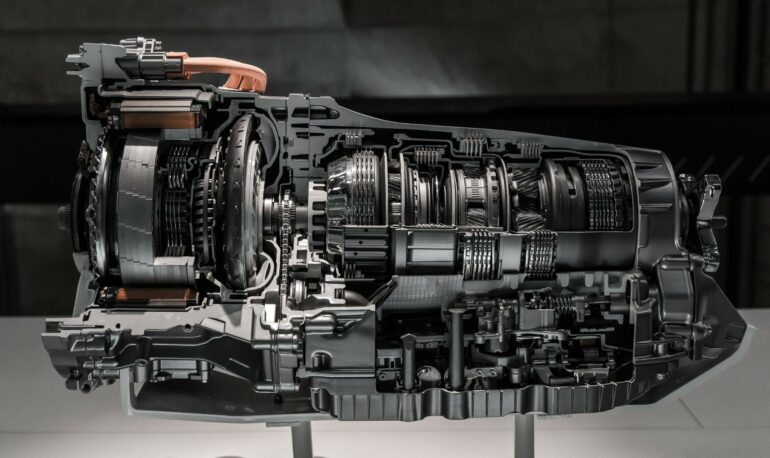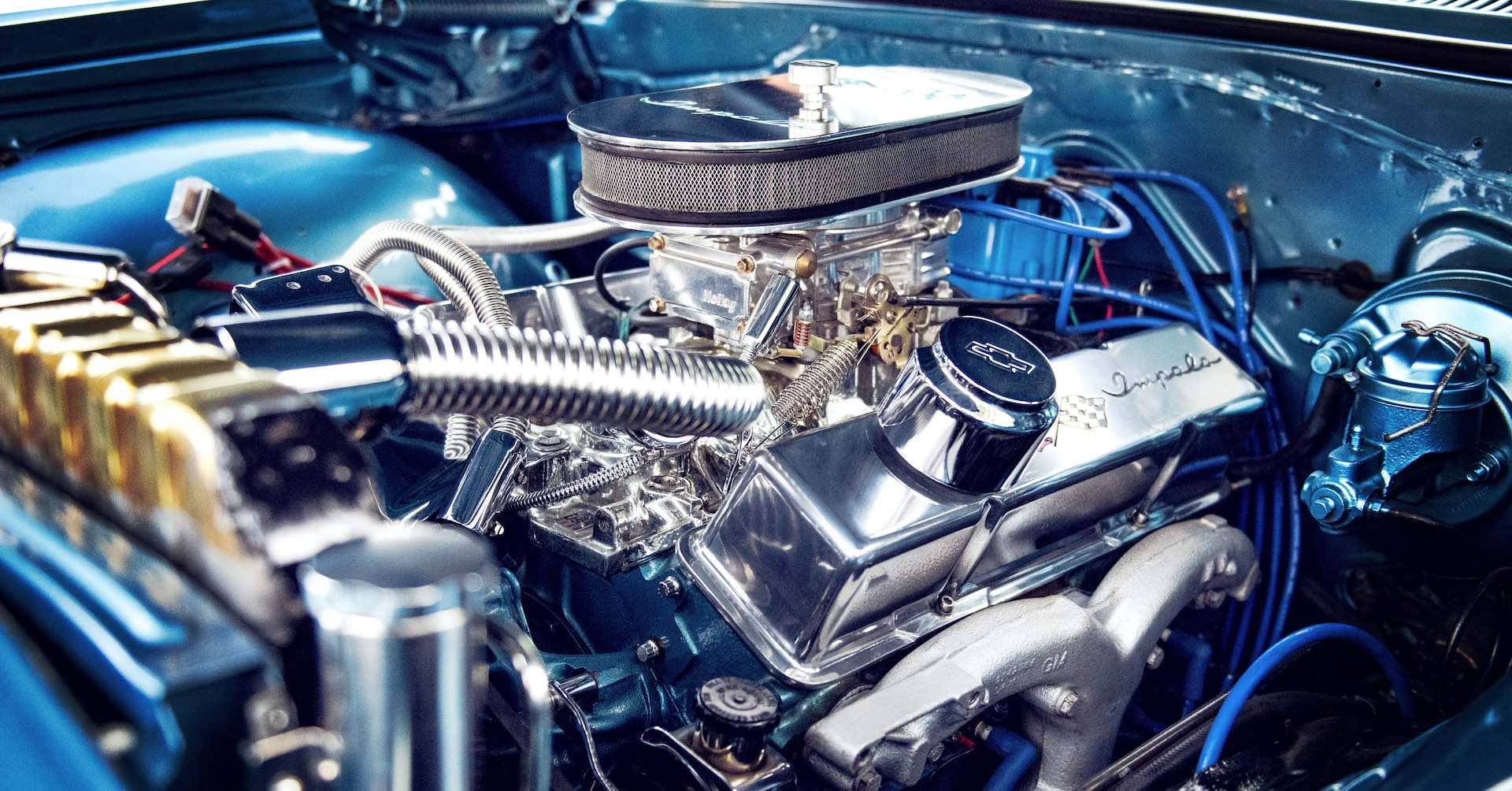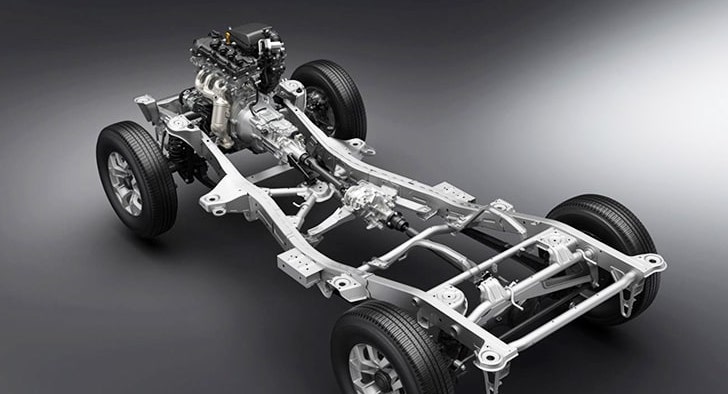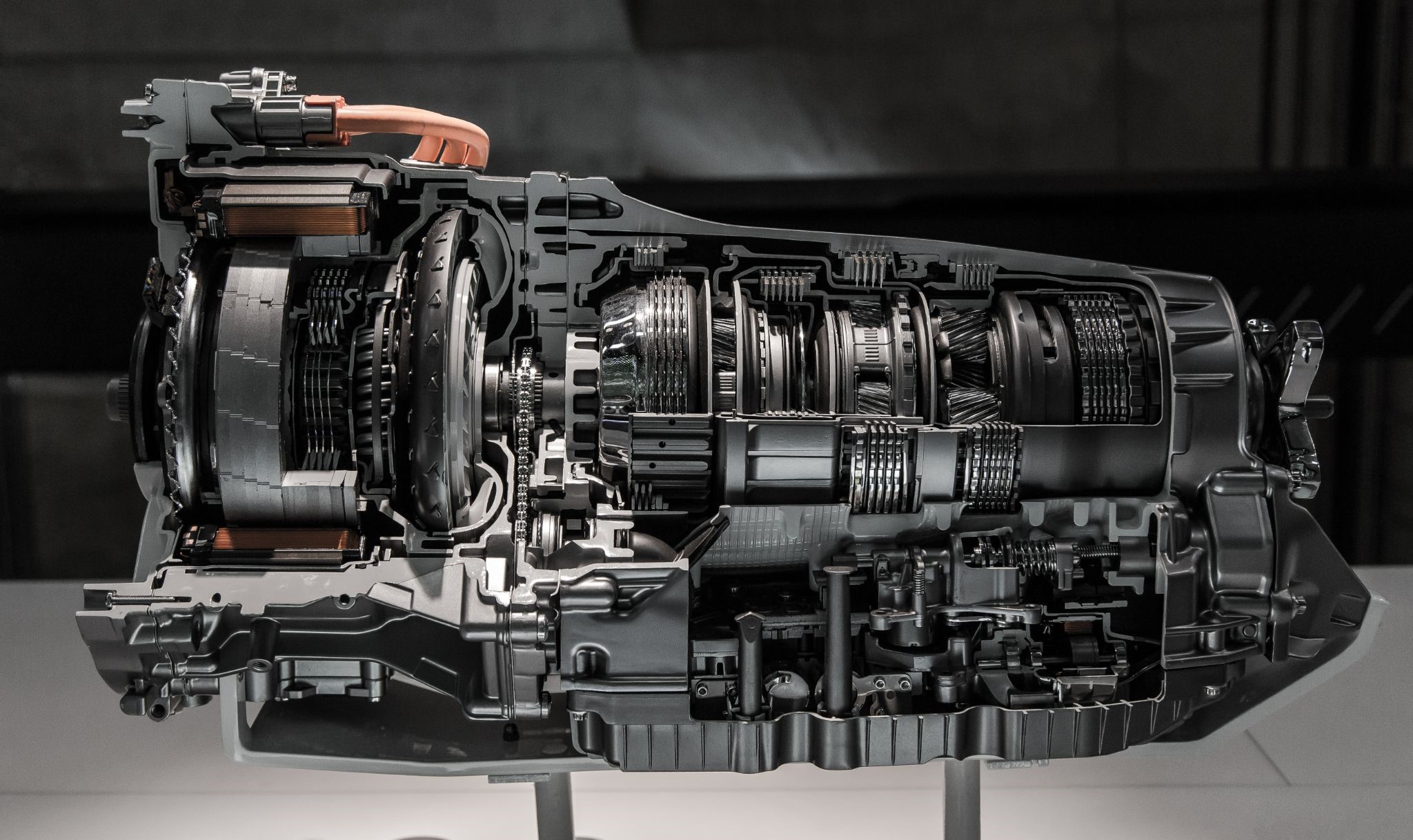A modern automobile is a complex machine made of several parts that work together efficiently. These parts perform tasks in groups called systems. Several systems make up a modern automobile, some working individually and others working together for more complex tasks such as automotive software services.
Types of Automotive Systems
Even as the modern car keeps evolving, with modern system additions, some of which require IT outsourcing, some systems have consistently been an essential part of the vehicle’s operations. These systems are discussed comprehensively below.
The Engine and its Components
The engine system is one of the most complex and demanding electronic parts of a vehicle. The engine converts chemical energy into mechanical energy that is then used to move the vehicle. Engine electronics usually have the highest computing power of all automotive systems in a car.
The functions controlled by the ECU vary depending on the engine type. They include fuel injection rate, cooling system control, turbocharger control, and emission control in diesel engines and lambda control, throttle control, fuel injection rate control, lubrication system control, and ignition system control in Gasoline engines.
The Chassis
Chassis is a French term used to indicate a vehicle’s primary structure. It contains all the units needed to propel and guide the motion of a vehicle, stop it, and allow smooth motion over uneven surfaces. Several chassis sub-systems monitor several parameters. These include the Anti-Lock Braking System (ABS), Anti Slip Regulation (ASR), Electronic Stability Program (ESP), and Brake Assist (BAS).
Transmission System
The transmission system consists of the gearbox assembly, clutch assembly, and propeller shaft. It supplies the output of the internal combustion engine to the drive wheels in motor vehicles. The transmission control and the Engine Control Unit exchange control, sensor signals, and messages for their operation.
Steering and Suspension System
The steering system helps the driver control the vehicle and turn as desired. In modern vehicles, the manually operated steering system is assisted by power steering, with the electric power drawn from hydraulic power or the battery.
The suspension system consists of shock absorbers, springs, and other linkages that connect a car to the wheels. It keeps the vehicle occupants comfortable and contributes to the vehicle’s road handling. The suspension system components can be categorized as hydraulic, air, and mechanical.
Passive Safety
Passive safety systems refer to the vehicle components that protect occupants during a crash. These systems are always ready when they sense a potential danger or when a collision is in progress. These systems include airbags, hill descent controls, seatbelts, and emergency brake assist systems.
Electrical System
Today, all automobiles run using an electrical system that helps the functioning of the automobile. The main components of the electrical system include:
- Generating system– generator, ammeter, switch, battery, current regulator, etc.
- Ignition system – Ignition switch and coil, spark plugs, distributor, contact breaker, etc.
- Lighting system – Head, side and rear lights, interior lights, indicator flashes, etc.
- Accessories – Windscreen wiper, fuel gauges, horns, electric fuel pump, heater, signaling devices, etc.
The Future
The automotive industry is adopting new, innovative technologies that could completely revolutionize the industry’s future. Besides technologies such as Artificial Intelligence that have been there for a while, newer innovations in the Internet of Things (IoT) and blockchain are also gaining a foothold in the industry.
We have only scratched the surface of what is possible in the automotive industry, and its future is very promising.





